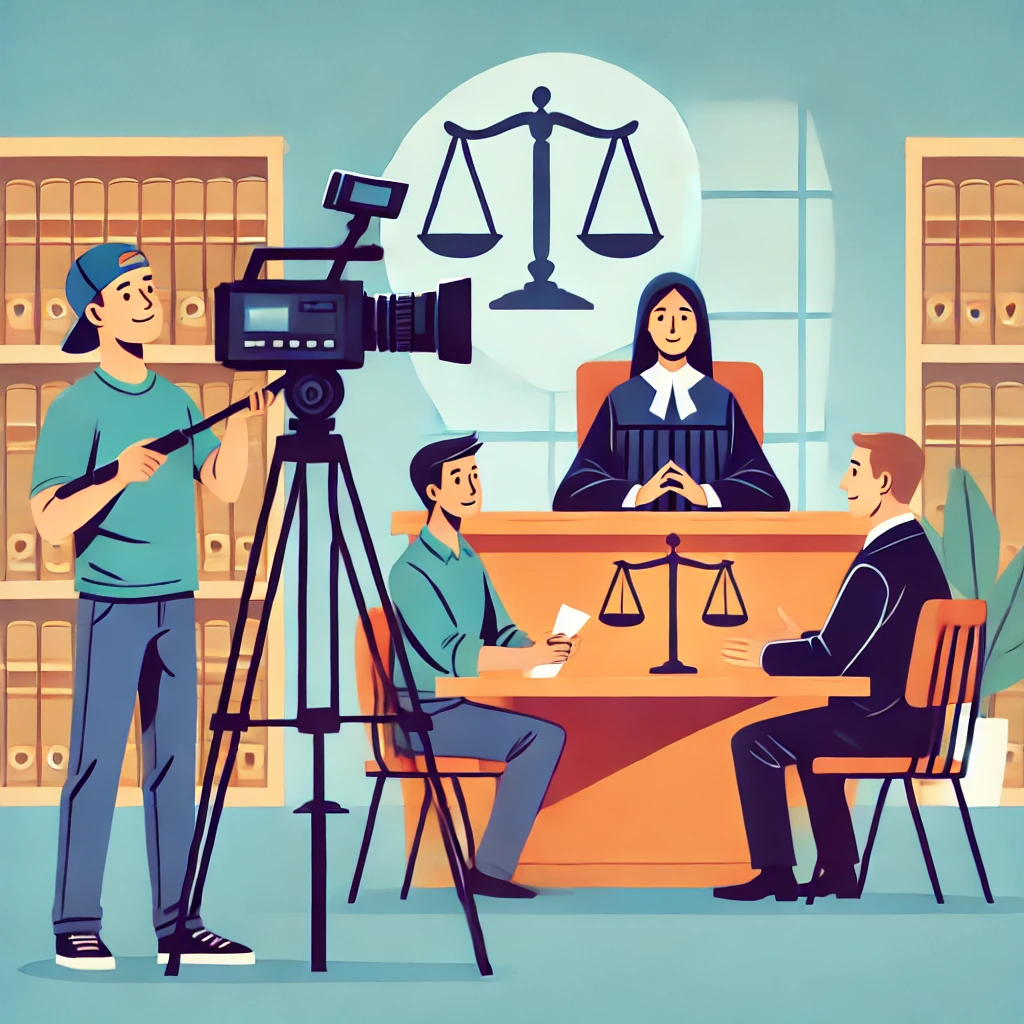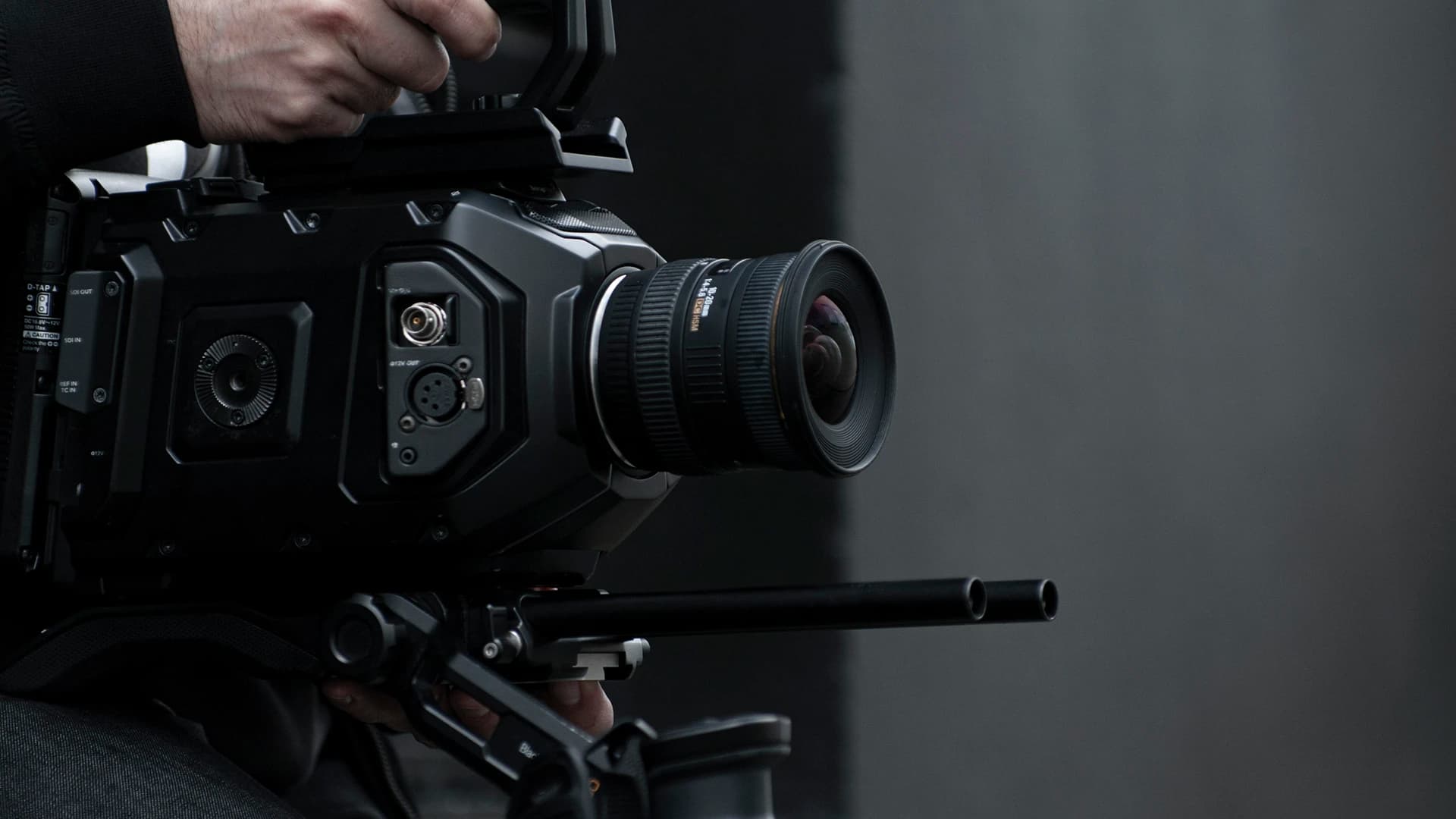Recognizing the Relevance of Videography in Legal Procedures
The assimilation of videography right into lawful procedures has actually become a substantial consider the presentation and analysis of evidence. By capturing aesthetic aspects such as body language and facial expressions, videography enhances the narrative surrounding witness statements and can greatly influence court understandings. As the legal landscape develops, understanding its implications on trustworthiness and quality ends up being vital for attorneys. What finest techniques should be adopted to maximize its effectiveness, and just how might future developments reshape this essential element of the judicial process?
Role of Videography in Evidence
Videography plays a significantly crucial function in lawful proceedings, acting as a powerful tool for offering proof. The integration of video recordings into the lawful framework permits for a much more vibrant depiction of realities, allowing judges and jurors to picture events as they transpired. This visual documentation can include a series of materials, consisting of surveillance video, tape-recorded witness testaments, and expert demonstrations, all of which can considerably improve the evidentiary landscape.
One of the main advantages of videography is its ability to catch nuances that may be shed in composed accounts. Facial expressions, body language, and situational context can offer necessary understandings, assisting to convey feelings and purposes that message alone can not. Additionally, using video proof fosters a more interesting court room experience, possibly helping jurors in understanding complicated cases.
As innovation advancements, the quality and access of videographic evidence have actually boosted, making it an important part of modern-day legal methods. Courts progressively identify the worth of video clip as a trustworthy source of info, prompting attorneys to adapt their techniques for evidence discussion. Ultimately, videography offers not just to show truths yet additionally to boost the general stability of the judicial process.

Enhancing Reliability and Clearness
A significant advantage of including videography in lawful proceedings is its capability to boost both credibility and clarity of evidence provided in court. Videographic proof can capture subtleties that written records may ignore, such as tone, body movement, and context. This visual depiction enables judges and courts to better comprehend the situations surrounding the instance, therefore fostering a more precise understanding of the occasions in concern.

Additionally, the quality afforded by videography reduces the chance of misinterpretation that can arise from textual summaries. This accuracy is specifically crucial in complicated cases, where information can be conveniently misunderstood. Inevitably, by offering evidence in an aesthetically available style, videography not only reinforces the integrity of the judicial process but additionally supports educated decision-making by those entailed in legal process.
Effect On Court Assumption
The inclusion of videographic evidence dramatically influences court assumption, often leading to more engaged and notified considerations. Jurors are usually more receptive to visual info, which can boost their understanding of complex cases. Videography provides realities in a manner that is both compelling and obtainable, permitting jurors to get in touch with the evidence on a much more personal level.
Moreover, the capability to witness occasions as they happened can evoke emotional feedbacks that written records or spoken testimonies might fall short to generate. This psychological engagement can lead jurors to form stronger point of views pertaining to the reputation of witnesses and the general story of the instance. The graph of proof likewise helps in clearing up obscurities, making it less complicated for jurors to grasp the context and value of the information presented.
Furthermore, videography can serve as an effective tool for storytelling, making it possible for attorneys to construct an influential story that reverberates with the jury. When jurors can imagine situations and witness essential minutes, their ability to deliberate attentively and get to an educated decision is considerably boosted, ultimately impacting the end result of lawful proceedings.
Ideal Practices for Legal Videography
Implementing ideal techniques in legal videography is crucial for ensuring that visual evidence is both efficient and reliable in the courtroom. First, select professional specialists who specialize in lawful videography to make sure the technical top quality of the recordings. This includes using high-resolution cameras and expert audio tools to catch clear visuals and audio.
Second, preserve correct documentation throughout the recording process. This includes creating an in-depth log that includes timestamps, descriptions of the content, and the identifications of all individuals present. Such documentation can strengthen the authenticity of the video clip.

In addition, take into consideration the use of proper editing strategies. While it is important to preserve the original web content, minor adjustments for quality-- such as boosting audio levels-- can improve the overall presentation without altering the material.
Future Trends in Legal Videography
As lawful videography continues to progress, arising innovations and techniques are shaping the future landscape of aesthetic proof in the court room (Legal Videography). One significant fad is the combination of high-def and 4K video quality, improving the quality and information of tape-recorded testimonies and proof. This improved resolution aids jurors in adequately assessing the trustworthiness of witnesses and the subtleties of the offered products
In addition, making use of man-made intelligence (AI) in video evaluation is obtaining grip. AI tools can assist in determining key minutes in video, creating records, and even analyzing non-verbal communication, which offers deeper understandings right into witness trustworthiness. In addition, digital reality read (VR) and enhanced truth (AR) are poised to revolutionize exactly how proof exists, allowing jurors to immerse themselves in criminal activity scenes or circumstances, therefore cultivating an extra profound understanding of the context.
Final Thought
In recap, videography serves as an essential tool in legal procedures, improving the presentation of evidence and enriching the general understanding of situations. By capturing non-verbal hints and reinforcing the reputation of witness accounts, videography substantially affects jury understanding and decision-making procedures - Legal Videography. Sticking to finest techniques makes certain the effectiveness of lawful videography, while arising trends assure to further augment its role in the judicial system, eventually cultivating a much more enlightened and involved lawful setting
Videography plays a significantly vital duty in legal proceedings, serving as a powerful medium for offering proof.A significant advantage of incorporating videography find more information in legal process is its ability to enhance both reputation and clearness of evidence presented in court. Inevitably, by presenting evidence in an aesthetically available style, videography not only reinforces the stability of the judicial process yet also sustains informed decision-making by those included in legal procedures.
In recap, videography offers as a vital tool in legal process, improving the presentation of proof and enhancing the overall understanding of cases. Legal Videography. Sticking to best methods makes certain the performance of lawful videography, while arising trends assure to more enhance its role in the judicial system, inevitably fostering a more informed and involved legal setting
Comments on “Legal Videography: Making Certain Precision and Quality in Legal Testimonies”